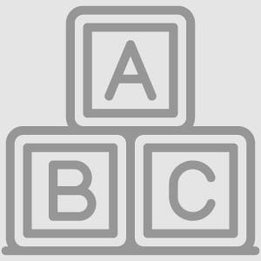Phonics
What is it?
Over time, there have been many different ways that have been ‘the best’ way to teach children to read. Currently, the Department for Education in England promotes systematic synthetic phonics. This isn’t the case outside England, other countries advocate a more ‘balanced reader’ approach to reading.
Systematic synthetic phonics is a process where children are taught to read letters or groups of letters by the sounds they represent. When the individual sounds are learned, they can then be blended together to make words. These sounds are taught in a systematic way. The Department for Education in England has a list of validated systematic synthetic phonics (SSP) programmes, a full list of which can be found here.
There is a lot more to reading than just being able to decode words. To create a balanced reader, children should be able to:
- Decode (phonics)
- Read with fluency and phrasing and,
- Comprehend the text they are reading with at least
- literal,
- inferential and
- response comprehension types from the start of their reading journey.
- They should be able to do this across a wide-range of text types.
In the balanced reader approach, it is important that children’s reading skills in each of these areas develop at the same pace, if they don’t they will become an unbalanced reader and teachers will need to put in place an intervention at a later stage to redress the balance.
What does the research show?
There has been plenty of research conducted into the various forms of reading instruction. Here are some snapshots:
The Education Endowment Foundation says that “Phonics approaches have been consistently found to be effective in supporting younger readers”
The Department for Education, in its document Reading: the next steps, says “There is a substantial body of evidence which demonstrates that systematic synthetic phonics is the most effective method for teaching all children to read”
John Hattie gives Reading Recovery an effect size of 0.5 and phonics instruction 0.53, both well within the ‘zone of desired effects’
Marie Clay (2002), says: “All readers…need to find and use different kinds of information in print and combine the information which they find in print with what they carry in their heads from their past experiences with language…A left to right sounding out of chunks or letter clusters or, in the last resort, single letters, is usually unsuccessful on its own. The terms ‘look and say’, or ‘sight words’ or ‘phonics’ are used to describe some recommended ‘methods of instruction’ which are oversimplified accounts of what we actually need to learn to do in order to be able to read.” (Literacy Lessons Designed for Individuals, Part Two, p14)

